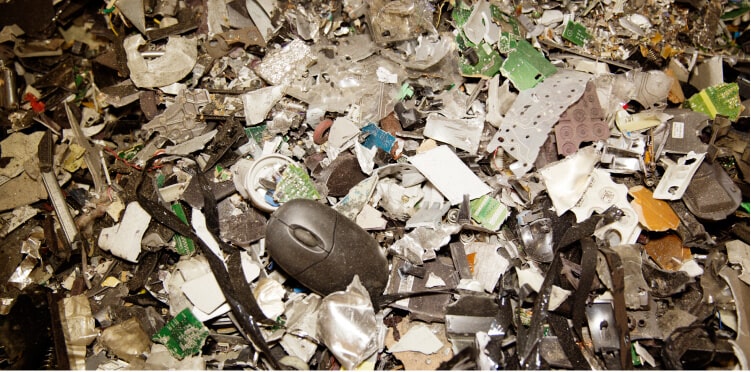Hyundai Motorstudio Senayan Park
Hyundai Motorstudio Senayan Park
Newsroom
-
How To Handle E Waste Threat?
- Hyundai Motorstudio Senayan Park 2022.08.16
-
Sustainable environment is giving various benefits, especially for living things. But to get a livable environment is never easy, especially with the presence of electronic waste.
When the refrigerator, computer, charger, monitor, or TV are damaged, the majority of electronic devices just become trash. Whereas electronic waste must be handled differently because it contains components that are quite dangerous if exposed to the sun.
It can be said that electronic waste is a threat to the health and the environment. With the development of electronics is still ongoing, we can be sure that electronic waste will continue to appear.
How to Handle E Waste
Electronic waste is only 2% compared to other types of waste, but 70% of toxic waste comes from e-waste. Electronics are assembled with rare minerals, and the majority of materials that make up electronic components are dangerous. So, how to deal with e-waste?
1. Fix or Upgrade
Just because an electronic product is old, doesn't mean it has to be replaced with a new one. It could be that you only need to upgrade one or two components to get back the function. Look for information related to the product and try to fix it, who knows, it just needs a new cable.
Some electronic products such as computers may need software and hardware upgrades to restore their functions, even improve them. If one component has a problem, fix it as much as possible before buying a new one. Do not hesitate to find out the function of each component and its contents.
Reconditioned products offer lower prices because they are made with recycled materials, which also play an important role in reducing the electronic waste.
2. Sell or Trade
Old electronic devices may not have high selling power, but they can still be cashed instead of being trashed. Try checking online stores and post it. The trick is to sell electronic devices because the price may still be high. As we know, electronic goods quickly decline in price.
There's no quick way to sell used electronics, and unfortunately, electronics will wear out over time. So why not sell it while priced high?
Smartphones and tablets are two examples of electronic products that still have value. The data shows that the average smartphone only used for 18 months. Some vendors even offer an upgrade program.
3. Donate
Another way for dealing with electronic waste is by donating to communities or charities that focus on handling used electronic products. You may donate it to local schools, non-profit organizations, or individuals who need it.
The electronic items that work are then sent to specific areas, while damaged products are sent to a processing facility. The components that are still functioning are then sold to fund their operations.
So, if there are electronic items that are no longer needed, don't hesitate to donate. In some cases, donating electronic equipment is useful for reducing taxes. In short, donate if the device still works, or give it to the recycling community if it is damaged.
4. Recycle
Another option is to recycle. Unfortunately, recycling electronic waste is not an activity that can be done independently. In computers, for example, each component must be removed from the circuit board and then tested one by one to find out which ones are still working or not.
This requires in-depth knowledge of electronic components. In some countries, used electronic products are sent to developing countries for charity. In the end, electronic devices only last a few days before being a trash.
The problem is, developing countries do not have adequate recycling facilities. Though some electronic components are sometimes classified as B3 waste.
Recycling of e-waste is becoming important now. Not only because its danger, but because the volume of electronic waste is currently getting out of control.
5. Understand the Content
Rare minerals can be found in electronics include gold, silver, palladium, indium, platinum, and gallium. This element is commonly found in communication-based electronic devices.
There is a valuation of 21 billion dollars of gold and silver are currently trapped in electronic waste. The increasing number of production means that more minerals are needed so the opportunity for recycling electronic waste is still promising.
Recycled e-waste provides the necessary elements for the production process. By using recycled materials, natural damage caused by the mineral extraction for the raw materials can be prevented.
6. Don't Buy
Buying unnecessary products is one of the common causes of e-waste. In anticipation, ask yourself whether a new electronic device is needed?
Besides stopping being impulsive, try to tidy up all electronic devices including cables, chargers, connectors, and more. Who knows, what you need is already there, just tucked between a pile of cables.
The majority of electronic products contain hazardous components, so it is important to understand how to handle them. By changing the mindset, the amount of e-waste can be significantly reduced.
Not buying new electronic products is only the first step, while recycling is the last step that actually cannot solve the problem of electronic waste.




